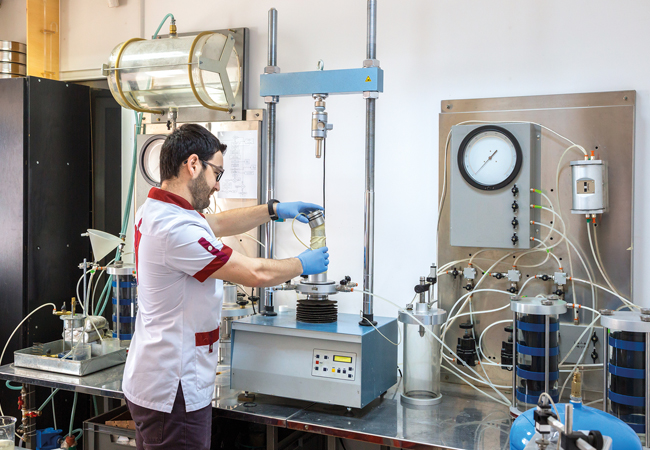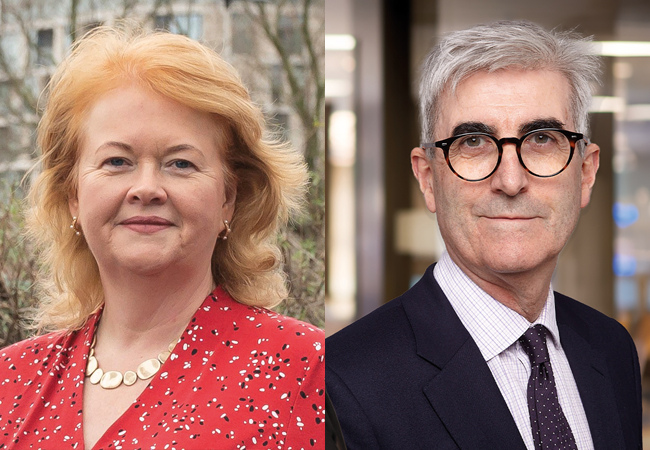
The Constructing Science tool will help decisionmakers choose the right type of lab space
New guidance has been published to help speed up decisions on whether laboratory buildings are suitable for the scientific work for which they have been lined up.
A consortium of health, life sciences and construction consultants announced the launch of Constructing Science last month, an online model that is free to use. It is designed to enable decision-makers to quickly determine whether an existing or proposed lab building is suitable for the scientific work planned for the space.
Users are guided through a ‘pathway’ of prospective development options, site/asset credentials and building performance specifications, depending on parameters such as required floor space and type of lab required. An accompanying report offers guidance on the infrastructure required for lab-capable buildings.
The consortium hopes having a baseline for building quality laboratories will help overcome ‘significant’ problems stemming from a lack of readily accessible and universally agreed design and construction standards for the sector. This is seen as especially critical given high demand for lab space, with agents Cushman & Wakefield estimating active demand for more than 2 million ft2 of laboratory space in the ‘Golden Triangle’ of Cambridge, London and Oxford.
Engineers Buro Happold, Hoare Lea and Ramboll Group are members of the Constructing Science consortium, which also includes life sciences cluster body MedCity, construction consultants Gleeds, Cushman & Wakefield, architects Gensler, project managers CPC and EEDN, and developers Mission Street.
Richard Walder, UK science and technical director at Buro Happold, said: ‘The market for speculative science development has grown rapidly within the UK. This guidance provides clarity on specifications and approach for developers and tenants, bringing a level of consistency to the market that has been missing to date.’




